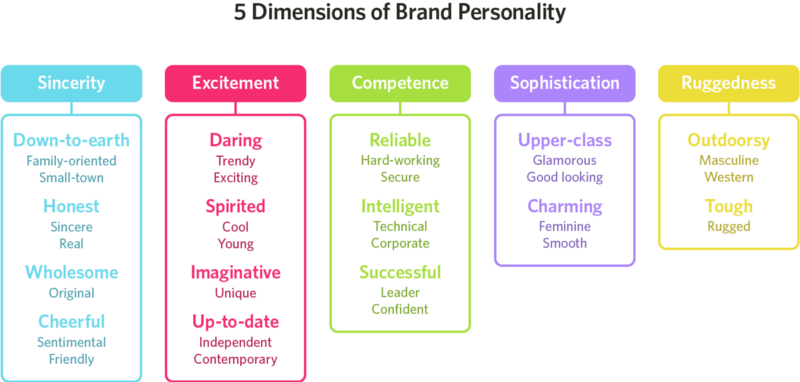In the realm of consumer products, packaging has long been overlooked as a potential powerhouse for brand engagement. Often discarded as a mere vessel for the product, packaging has now become a canvas for innovation, especially with the integration of Augmented Reality (AR). In this article, we unravel the transformative impact of AR on product packaging, exploring its roles in marketing strategies, customer engagement, and the numerous advantages it brings to businesses.
A Break from Monotony
In a saturated market, where products compete for attention on crowded shelves, traditional packaging often blends into a sea of monotony. Augmented reality packaging emerges as a game-changer, disrupting the ordinary and transforming product packaging into a dynamic interface for customer interaction and storytelling.
AR and Brand Marketing Strategy
Visualizing the Product
Augmented reality opens avenues for brands to showcase their products in a visually stunning manner. By incorporating AR markers on products, such as QR codes or URLs, customers can scan and explore products in augmented reality. This provides a unique and immersive experience, allowing customers to visualize how products look and function in real-world scenarios.
Truly Interactive
Augmented reality packaging goes beyond traditional engagement methods. Brands can embed AR experiences, including videos, animations, and interactive models, creating a captivating experience for customers. For instance, a stationery company could offer an AR-enabled gaming experience on their products, encouraging repeat purchases and distinguishing the brand from competitors.
Storytelling and Promotion
Traditional packaging has limited space for conveying brand values and product information. Augmented reality packaging serves as an extended platform, enabling brands to launch AR experiences or apps that highlight their mission, values, and offer additional information about products. It facilitates cross-promotion, showcasing related products to customers based on their interests and purchases.
Advantages of AR for Packaging
Augmented reality packaging brings several advantages to businesses, revolutionizing customer experiences and marketing strategies:
3D View of Products
AR packaging generates interactive 3D representations of products, allowing customers to view them on mobile devices. This enhances understanding and engagement, providing a better grasp of the product’s features and functionality.
Interactive Product Experience
AR adds interactivity to product packaging, enabling customers to scan QR codes for immersive experiences such as video games. This not only makes packaging more enjoyable but also serves as a marketing tool, enhancing the product’s appeal.
Customized Shopping
AR allows for personalized shopping experiences, with customers scanning product boxes to access tailored product information based on their preferences. This creates a stronger connection between customers and products.
On-demand Demonstrations
Engaging product demonstrations can be created using AR, offering customers a more interesting and informative way to learn about a product. This dynamic approach enhances the learning experience and contributes to better retention.
Tracking Customer Behaviors
AR packaging can be used to track customer behavior at the point of sale. Brands can analyze how customers interact with the packaging and use this data to enhance design and optimize the effectiveness of AR applications.
Use Cases of Augmented Reality Packaging
Lego: The renowned toy company Lego utilizes augmented reality packaging with an accompanying app. Customers can scan Lego sets to see 3D representations, bringing the products to life in a virtual space.
Coca-Cola: Coca-Cola embraces augmented reality with an app that provides insights into the company’s history and includes interactive games. This innovative approach enhances brand engagement.
Nespresso: Nestle’s Nespresso uses augmented reality packaging to allow users to scan and visualize how brewed coffees will look. It serves as an educational tool, explaining the brewing process to customers.
Carrefour: The French retail company Carrefour employs augmented reality food packaging to enable customers to scan products and access nutritional information and reviews. This enhances customer decision-making.
Engage and Inform with AR Product Packaging
The integration of augmented reality into product packaging marks a revolutionary shift in the way brands engage with customers. From visualizing products in 3D to creating interactive experiences and personalized shopping, AR packaging opens new dimensions for brand communication. The examples provided, along with the myriad advantages, underscore the transformative potential of AR in packaging.
Links:


